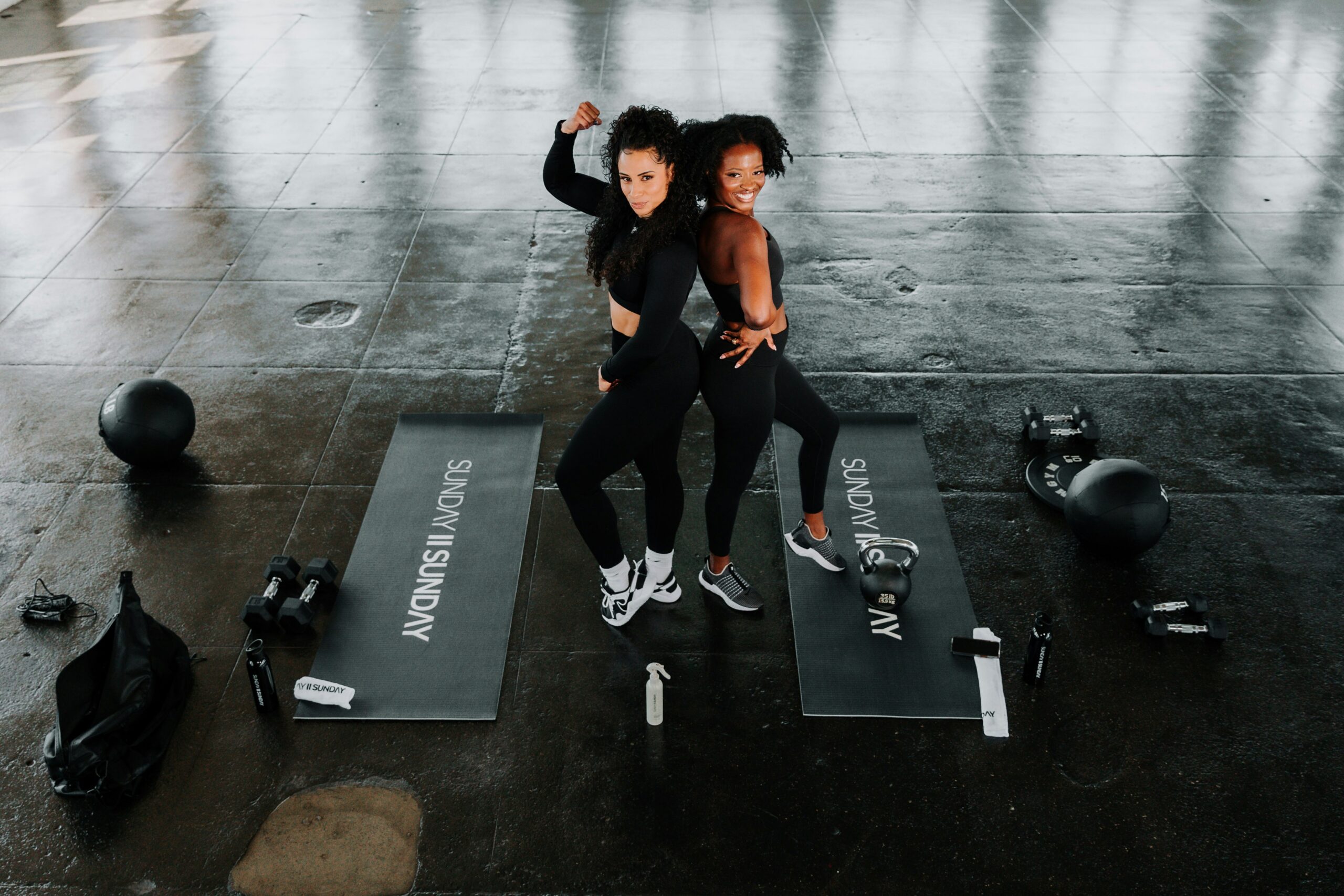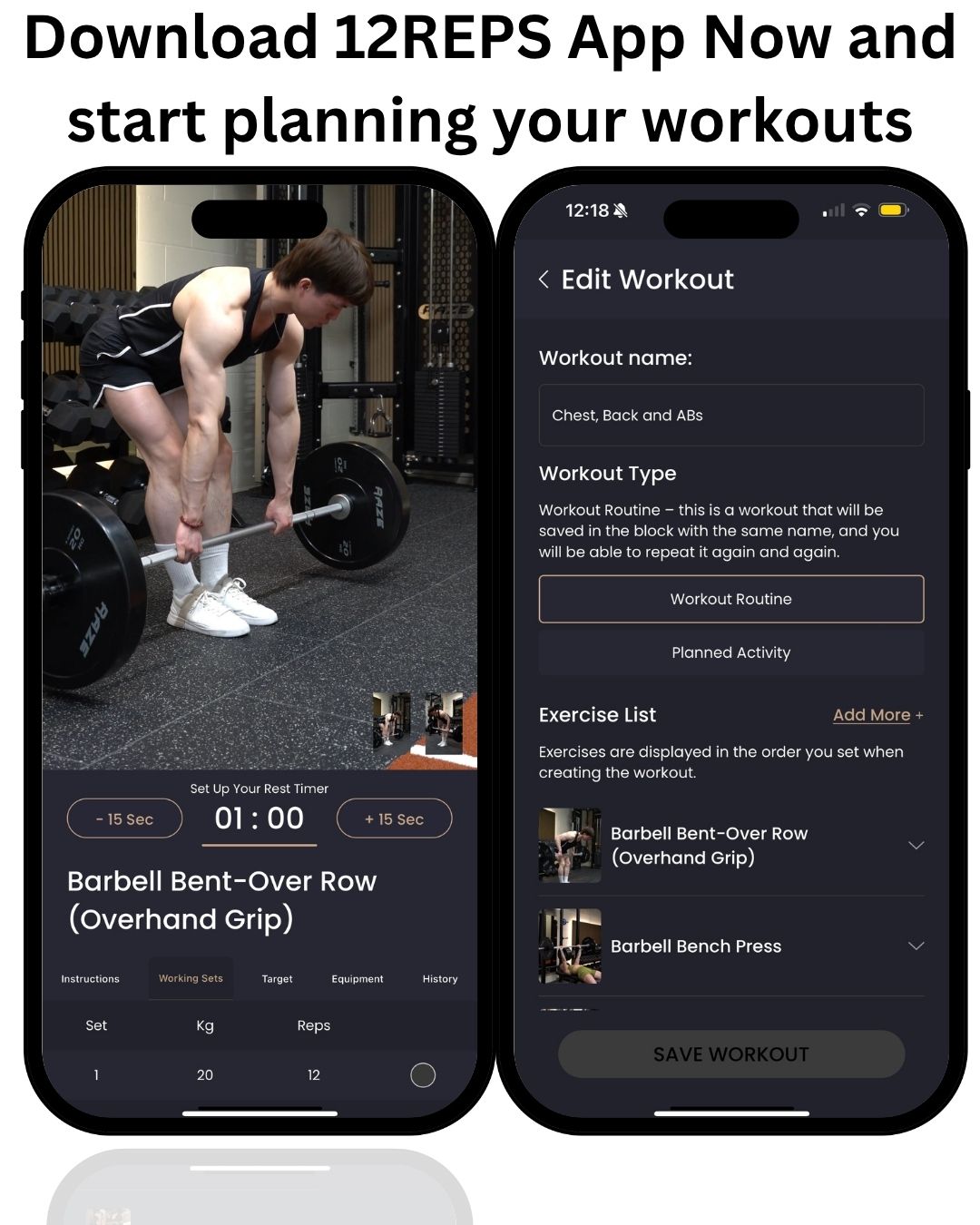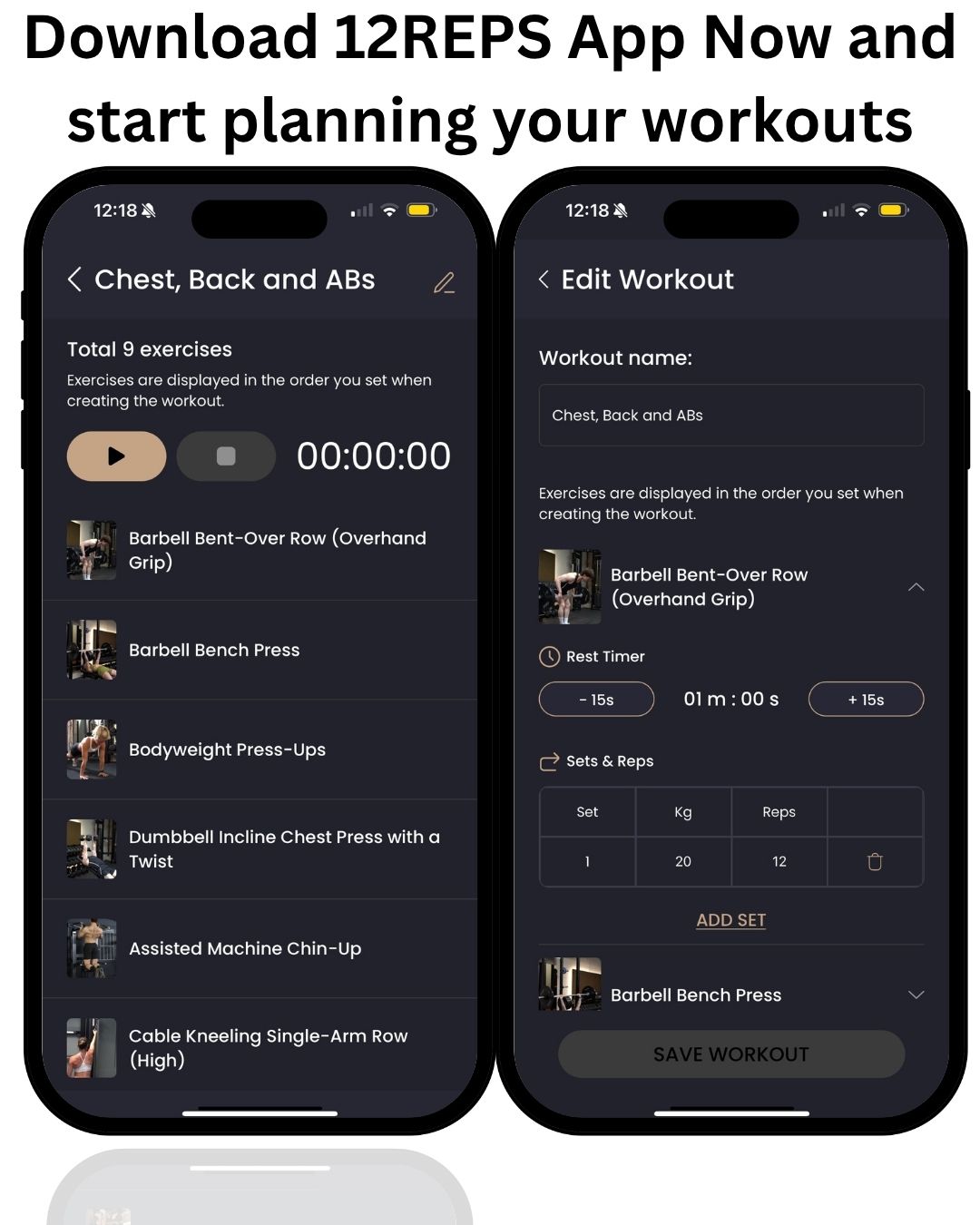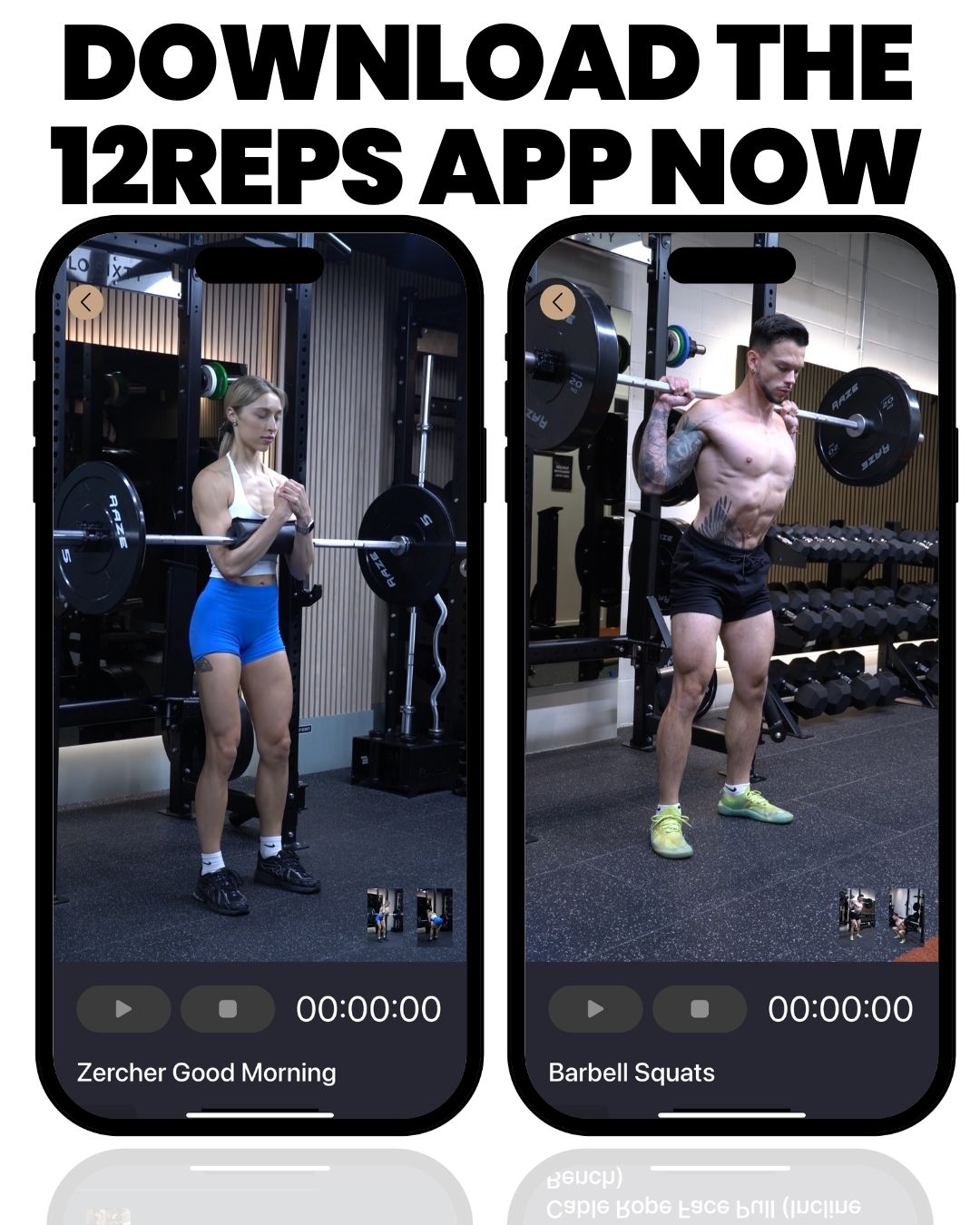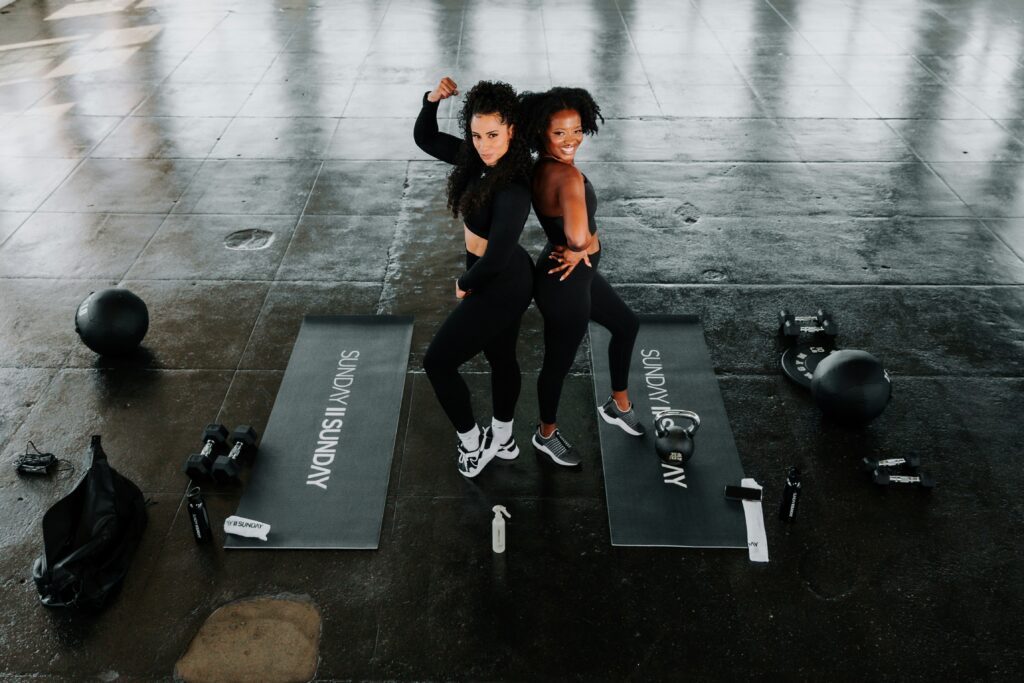By Will Duru, BSc (Hons) Sport and Exercise Science, Award-winning Personal Trainer with over 10 years of experience in strength training and optimising recovery.
As a personal trainer for over a decade, I’ve seen it countless times. A new client, a woman in her 40s or 50s, sits down with me, and we look at her weekly calendar. It’s filled with work meetings, family commitments, and social events. Then, there are the blank spots, the question marks where exercise is supposed to fit. It feels like a game of Tetris, doesn’t it? You try to fit all the pieces together, but it never seems to work out perfectly. The biggest question I get is not if they should exercise, but how. How do you combine cardio and strength training in a way that gets results without leaving you feeling completely exhausted?
This is a huge point of confusion for so many people. I see clients who spend hours on the treadmill because they think that’s the only way to lose weight. I also see clients who only lift weights and then wonder why they get out of breath walking up a flight of stairs. The problem is that doing too much of one thing can actually sabotage your efforts with the other. If you do a long, hard run before you try to lift weights, you will be too tired to lift effectively. If you only lift and never do cardio, you are missing out on key benefits for your heart health. It’s a delicate balance.
Over the years, I’ve developed a clear and flexible way to help my clients find this balance. I want to share that framework with you in this article. My goal is to help you create synergy in your workouts. This means your cardio work will actually help you feel stronger in your strength sessions, and your strength training will make you a better runner, swimmer, or cyclist. It’s about making both parts of your fitness work together, not against each other. And to make it even easier, I’ll show you how a simple tool like the 12reps app can help you plan and track your balanced schedule, taking all the guesswork out of the process. Let’s build a plan that works for you.

The Foundation: I Always Start With Your Primary Goal
When a new client starts working with me, the very first thing we do is define their primary goal. There is no single “perfect” balance of cardio and strength training that works for everyone. The right mix for you depends entirely on what you want to achieve right now. Are you focused on losing fat and building visible muscle tone? Or is your main goal to train for a 5k race or a charity bike ride? These are very different goals, and they require very different approaches. Trying to chase both at the same time with equal intensity is often a recipe for frustration and burnout.
So, I ask my clients to pick one primary goal to focus on for a set period, usually about 3 to 6 months. This allows us to create a clear and effective plan and see real, measurable progress. Once we achieve that goal, we can always shift our focus. Here is how I break it down for my clients:
If Your Main Goal is Fat Loss and Muscle Gain:
In this case, I tell my clients that strength training is the priority. It is the star of the show. We will schedule 3 to 4 strength training sessions per week. This is because building and maintaining muscle is the most powerful thing you can do to change your body composition and boost your metabolism. As I’ve explained before, more muscle means your body burns more calories all day long, even when you are resting. Cardio then becomes a supplementary tool. It’s an important supporting actor. We use cardio to help increase the overall calorie deficit (burning more calories than you eat) and, of course, to improve heart health. But it does not take center stage.
If Your Main Goal is Endurance and Cardio Fitness:
Now, if a client tells me she wants to run her first 10k or improve her cycling endurance, we flip the script. In this scenario, cardio is the priority. We will schedule 3 to 4 cardio sessions per week, including different types of runs or rides like interval training and longer, slower sessions. Strength training then becomes the supporting actor. We will still include 2 to 3 strength sessions per week, but the focus of these workouts will be to build a strong, resilient, and injury-proof body. The goal of the weight training is to support the cardio, not the other way around. Stronger legs can power you up hills, and a strong core can help you maintain your form when you get tired.
This first step is the most important one. By choosing one main goal, you bring clarity and purpose to your training. You stop trying to do everything at once and start making real progress in the direction that matters most to you right now. So, what is your primary goal for the next few months? Once you have that answer, we can start building your perfect week.
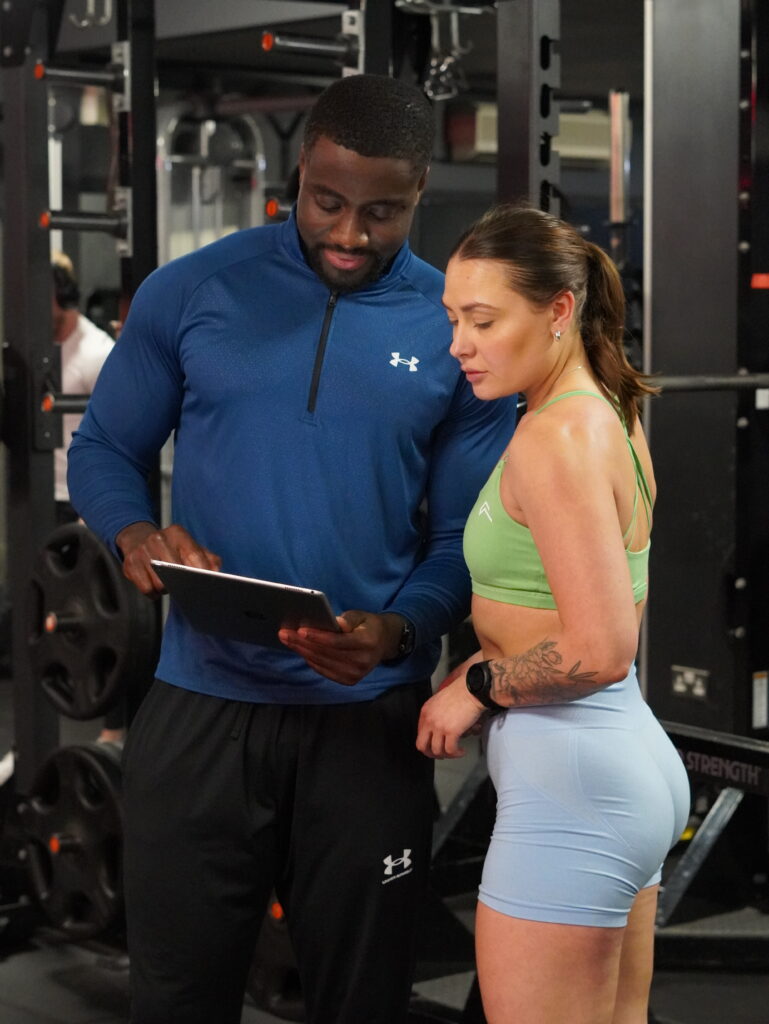
Structuring Your Week: I Give My Clients These Practical Examples
Once we have decided on the primary goal, the next step is to put it on the calendar. This is where the theory becomes reality. I have found that giving my clients concrete, easy-to-follow weekly schedules is the best way to help them stay consistent. It removes the daily decision of “what should I do today?” and replaces it with a clear plan. Here are the two main templates I use, depending on whether the focus is on strength or cardio.
Example 1: The “Strength Focus” Schedule
This is for the woman whose primary goal is fat loss and building muscle. Remember, here we prioritise strength training. I offer two main options for how to structure the week:
Option A (Separate Days): This is often the simplest to follow. The week looks like this:
- Monday: Strength Training (e.g., back, shoulders and arms )
- Tuesday: Cardio (e.g., 30-45 minutes of brisk walking, cycling, or using the elliptical)
- Wednesday: Strength Training (e.g., legs, glutes, core )
- Thursday: Cardio or Active Recovery (e.g., a lighter cardio session or stretching)
- Friday: Strength Training (e.g., Full Body)
- Saturday/Sunday: Rest or light activity like a long walk
Option B (Same Day): This option works well for women who are short on time and prefer to get their workout done all at once. The key rule here is to always do your strength training first. You want to have the most energy for the work that is going to build the most muscle. After your lifting session, you can add a shorter cardio session of 20-30 minutes. Doing strength first ensures you are using your energy for the most metabolically demanding work, which is lifting heavy things.
Example 2: The “Cardio Focus” Schedule
This schedule is for the woman who is training for an endurance event, like a race. Here, cardio is the priority, and strength training is there to support it.
A typical week might look like this:
- Monday: Main Cardio Session (e.g., a moderate-distance run)
- Tuesday: Strength Training (Full Body, focusing on compound movements)
- Wednesday: Cardio Session (e.g., interval training like hill repeats or sprints)
- Thursday: Strength Training (Full Body, possibly with a focus on core and stability)
- Friday: Rest or very light active recovery
- Saturday: Long Cardio Session (e.g., your long, slow run for the week)
- Sunday: Rest
This structure allows you to be fresh for your most important cardio workouts while still getting the injury-prevention benefits of strength training. This is where a good workout tracker becomes so important. I tell all my clients that planning is the key to success. A good workout tracker can make this easy. You can plan your whole week in the 12reps app, so you know exactly what you’re doing each day. It takes the guesswork out of it and lets you focus on just doing the work.
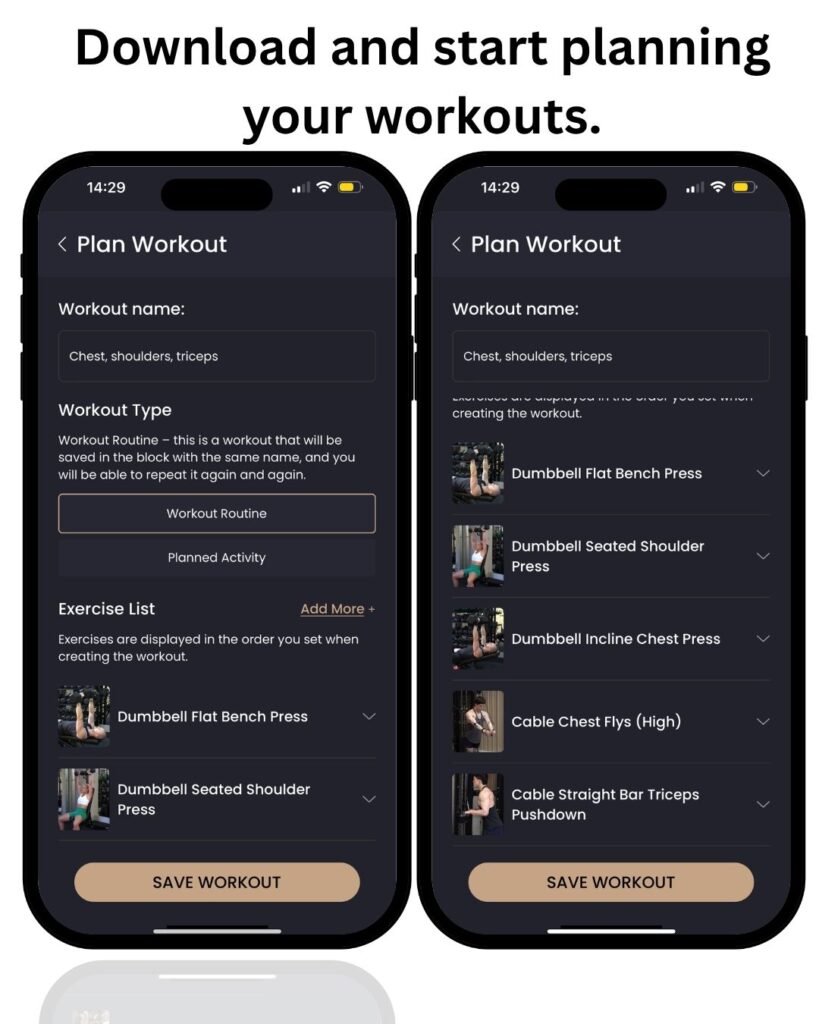
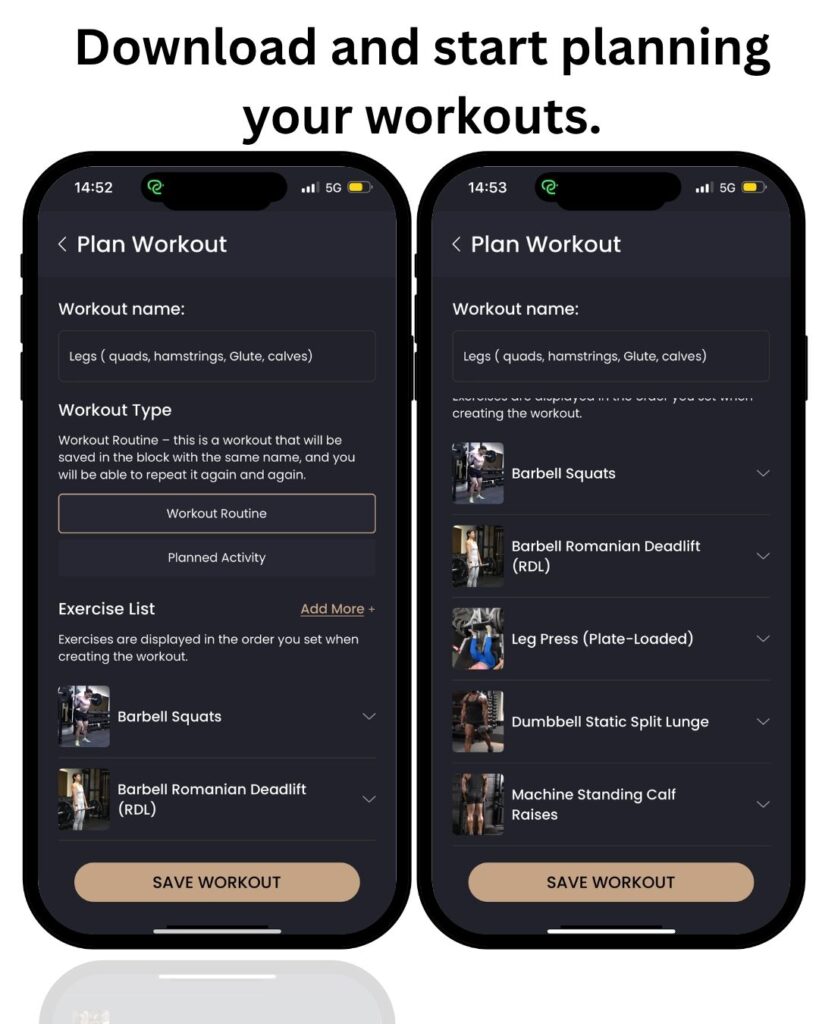
The Golden Rules I Teach for Combining Cardio and Strength
Over my years of training, I have developed a few “golden rules” that I share with all my clients, especially those over 40. These rules help you get the most out of your workouts and, most importantly, stay healthy and injury-free. Combining cardio and strength is a powerful strategy, but it needs to be done thoughtfully.
Golden Rule #1: Don’t Do Intense Cardio Before Lifting.
This is the most common mistake I see people make at the gym. They will go for a hard 30-minute run and then head over to the weight rack. The problem with this is that you have already used up a significant amount of your energy and glycogen (your muscles’ primary fuel source). This means you will be weaker during your lifting session. Your form is more likely to suffer, which increases your risk of injury, and you simply will not be able to lift as heavy or with as much intensity. This reduces the effectiveness of your strength session. A large body of research on what is called the “interference effect” shows that performing endurance exercise before strength exercise can compromise your strength gains. [1] A light 5-10 minute warm-up on the treadmill is perfectly fine, but save your main cardio workout for after your lifting or for a separate day.
Golden Rule #2: You Have to Listen to Your Body.
This becomes more and more important as we get older. Recovery is not a luxury; it is a vital part of the training process. Your muscles do not get stronger during your workouts; they get stronger when they are resting and repairing after your workouts. If you feel constantly run down, sore, or unmotivated, your body is sending you a signal. It is telling you that you are not recovering enough. It is far smarter to take an extra rest day or swap a hard workout for a light activity like walking or stretching than it is to push through and risk injury or burnout. This is not being lazy; it is being smart. A sustainable plan is one that you can stick with for the long haul, and that means respecting your body’s need for rest.
Golden Rule #3: You Must Fuel Your Body Appropriately.
You cannot ask your body to perform these two very different types of exercise without giving it the right fuel. Think of your body as a car. You cannot expect it to win a race if you do not put enough gas in the tank. When you are combining cardio and strength, you need to make sure you are eating enough to support both activities. This is especially true for protein and carbohydrates. Protein is essential for repairing the muscle tissue you break down during your strength workouts. I advise my clients to include a source of protein with every meal. Carbohydrates are your body’s main source of energy. They are what fuel your runs and power your lifts. Trying to do both strength and cardio on a very low-carb diet is often a recipe for feeling tired and weak. [3] You do not need to be a nutritionist, but you do need to be mindful of giving your body the building blocks and the energy it needs to succeed. Ready to stop guessing and start building a balanced routine that gets results? Download the 12reps app and design your perfect week.
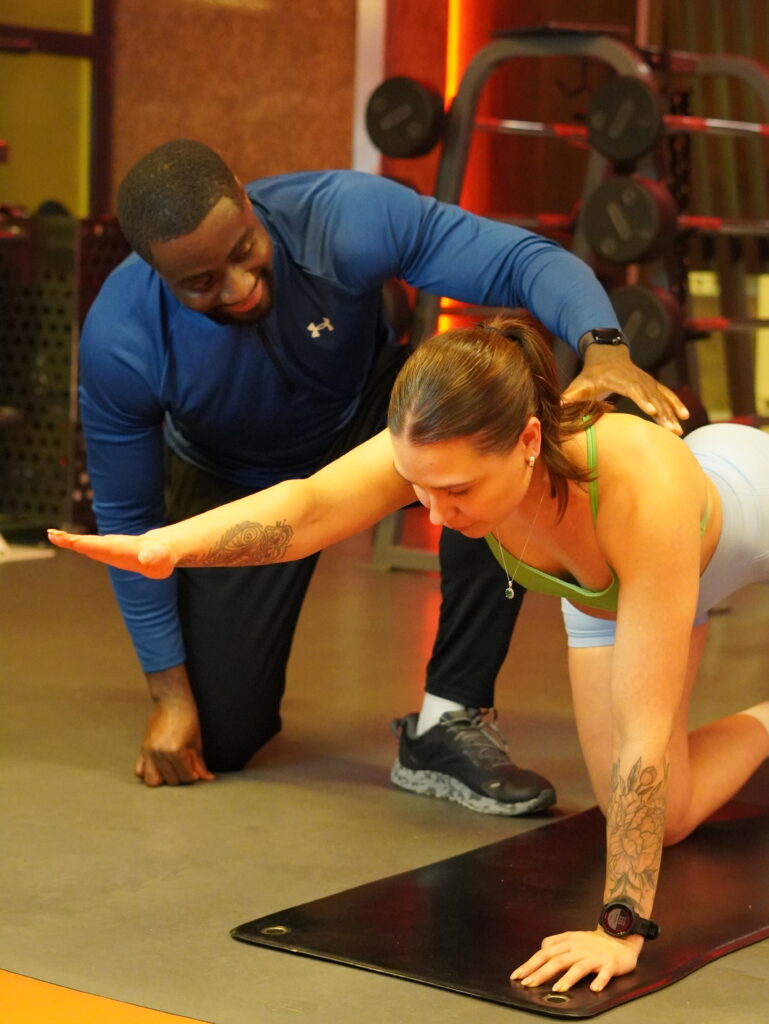
Conclusion
So, what is the perfect balance between cardio and strength training for women over 40? As you have seen, the answer is that it depends on you. It depends on your primary goal. The most important takeaway I want you to have from this article is that you are in the driver’s seat of your own fitness journey. You have the power to create a plan that is both sustainable and incredibly effective.
Start by choosing your main objective for the next few months. Is it strength and fat loss, or is it endurance? Once you have that clarity, you can structure your week accordingly, making one the priority and the other the supporting act. And as you move forward, always remember to listen to your body’s feedback. It is the smartest coach you will ever have. The confusion around cardio and weights has gone on for too long. It is time to replace that confusion with a clear, balanced, and personalised plan.
Take the complexity out of planning. You have the knowledge and the framework now. Start your free trial of the 12reps app today, build your perfect week, and discover the amazing things your body is capable of when you train with purpose and intelligence.
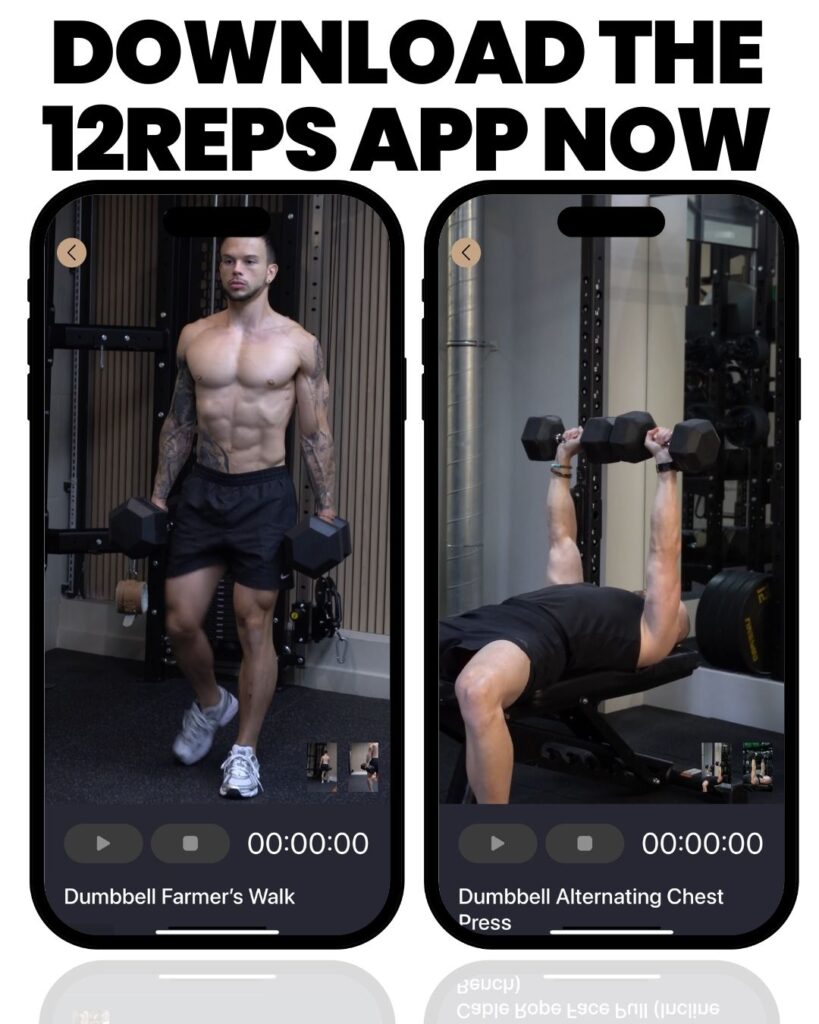
References
- [1] Wilson, J. M., et al. (2012). Concurrent training: a meta-analysis examining interference of aerobic and resistance exercises. The Journal of Strength & Conditioning Research, 26(8), 2293-2307. https://journals.lww.com/nsca-jscr/fulltext/2012/08000/concurrent_training__a_meta_analysis_examining.35.aspx
- [2] PureGym. (2023, November 8). The Best Workout Split for Women. https://www.puregym.com/blog/the-best-workout-split-for-women/
- [3] Fitness Simplified. (2025, September 15). Nutrition Considerations for Hybrid Athletes. https://www.fitnesssimplified.org/nutrition/nutrition-considerations-for-hybrid-athletes

